Proceedings of the Molecular Spectroscopy Science Meeting 2015

Sign up for access to the world's latest research
Figures (403)
























































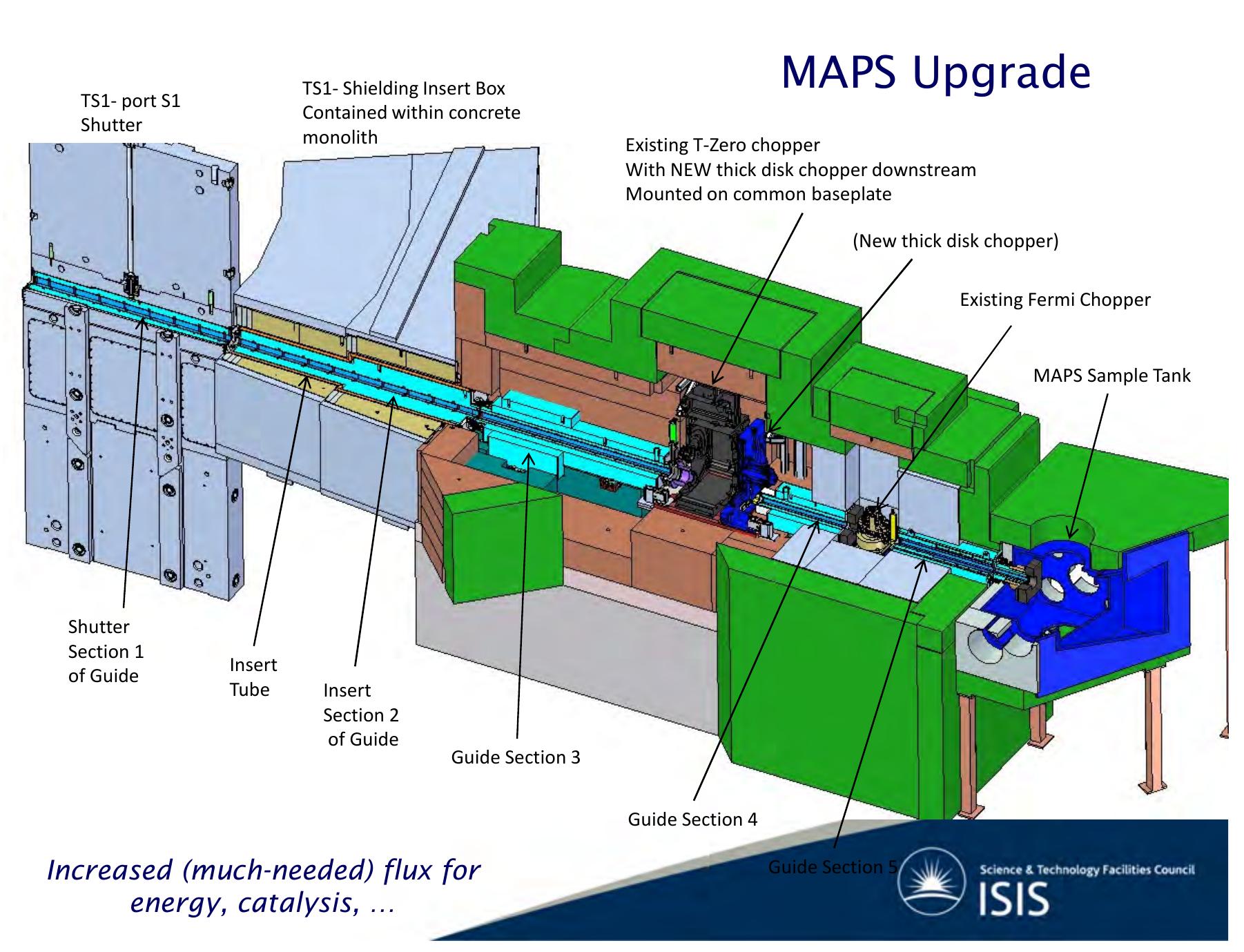































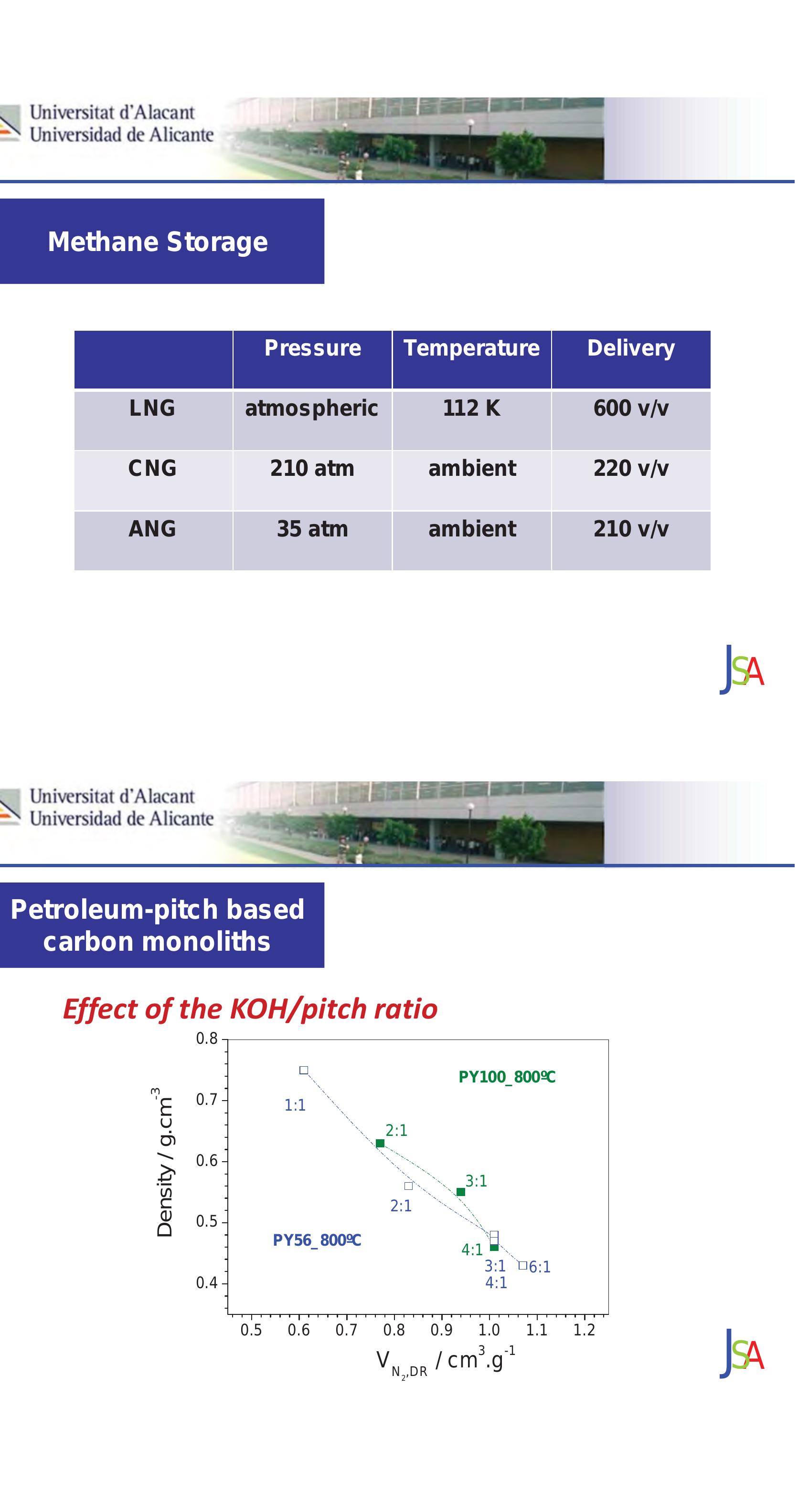
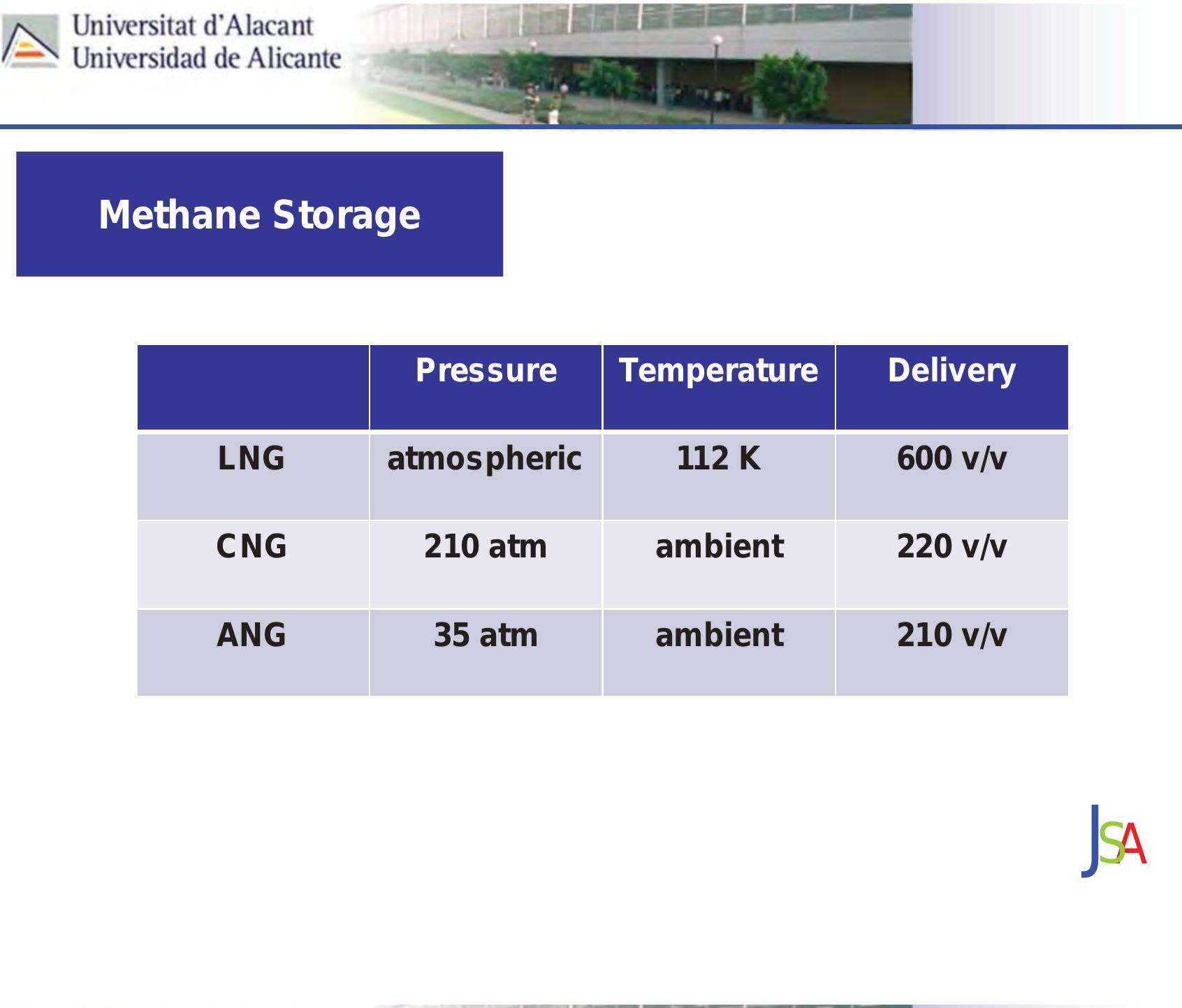























































































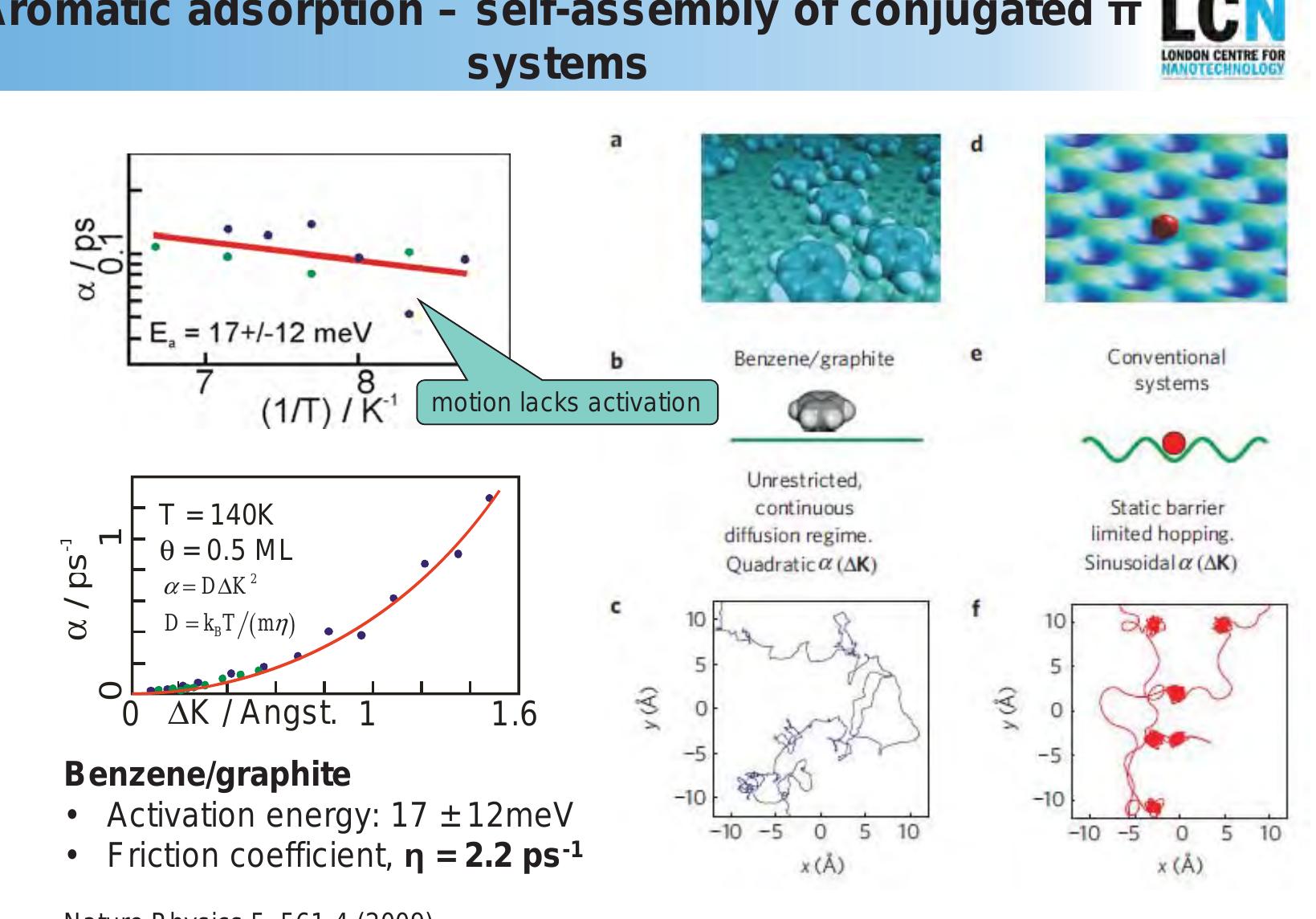


























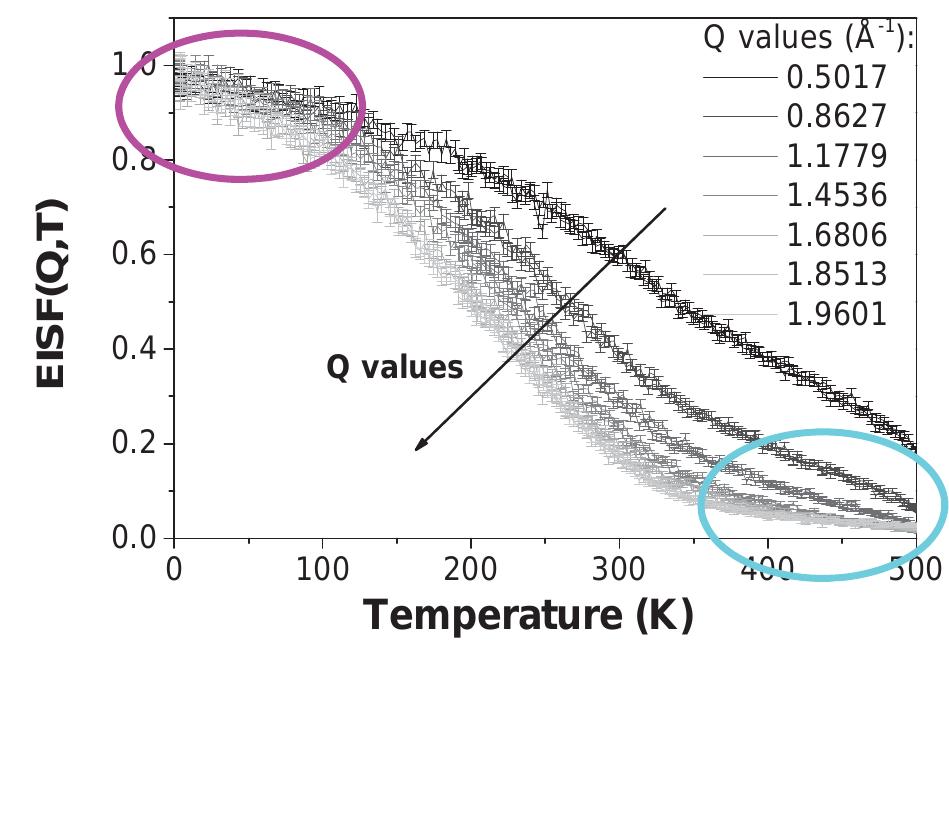


























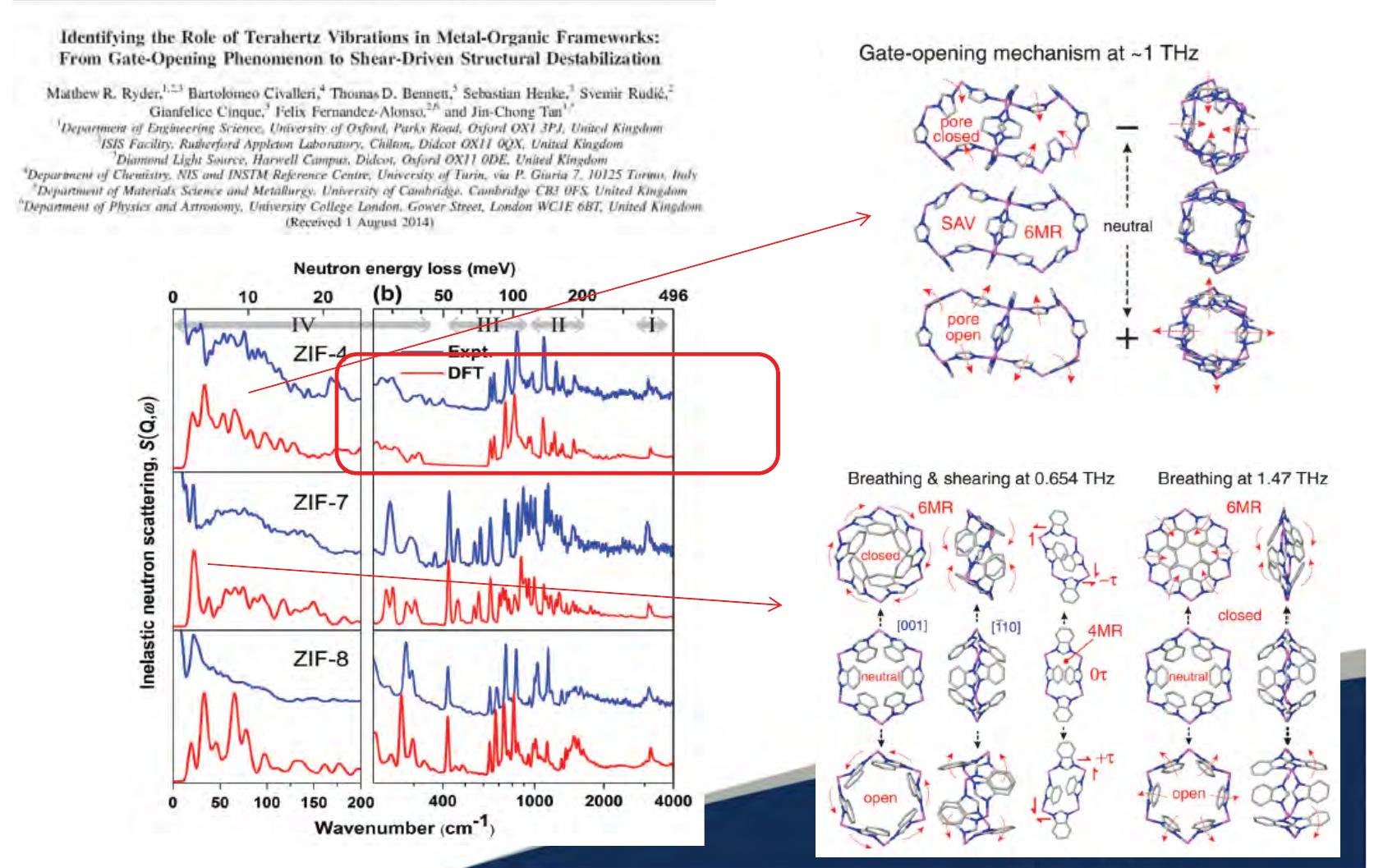























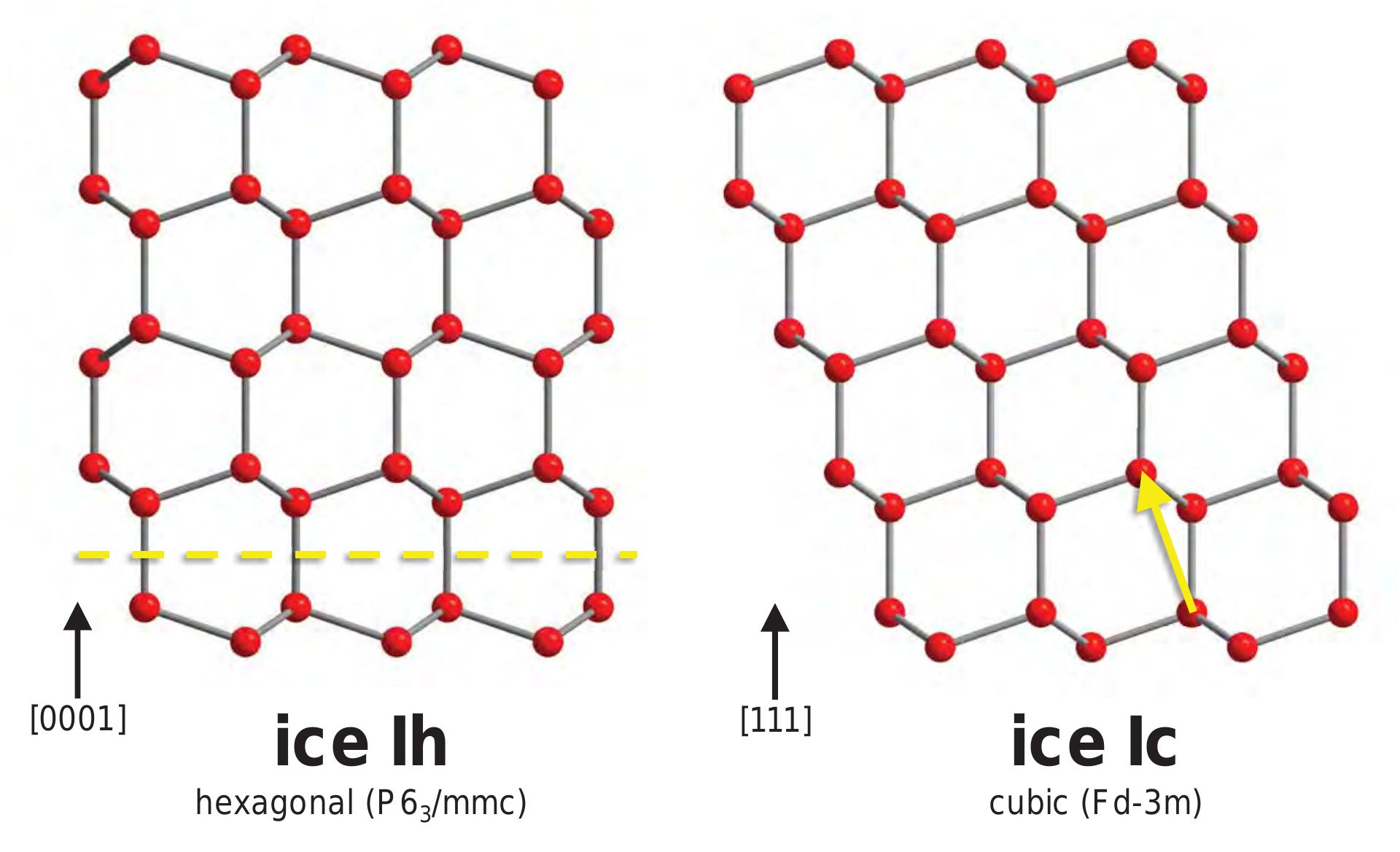

















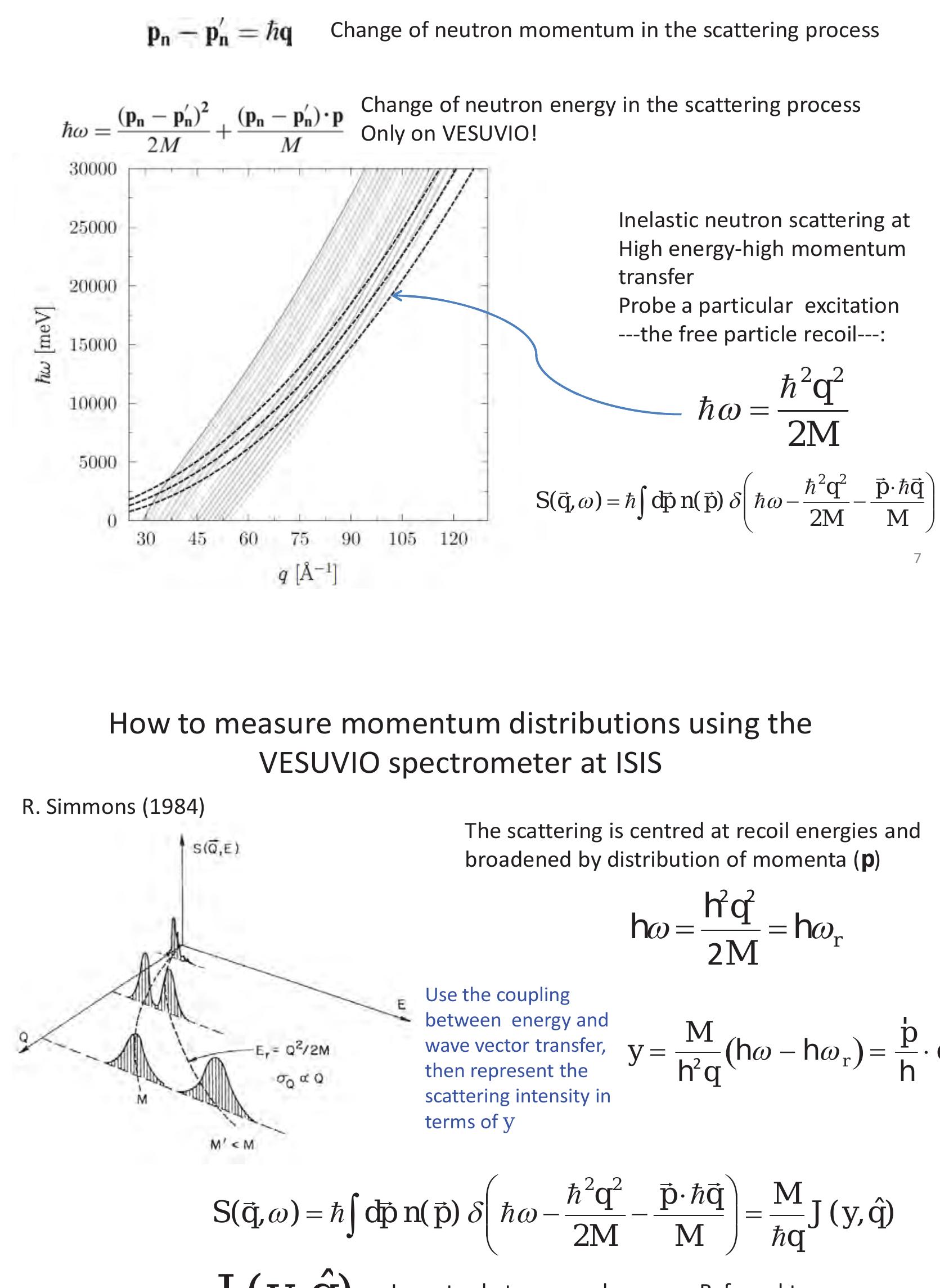







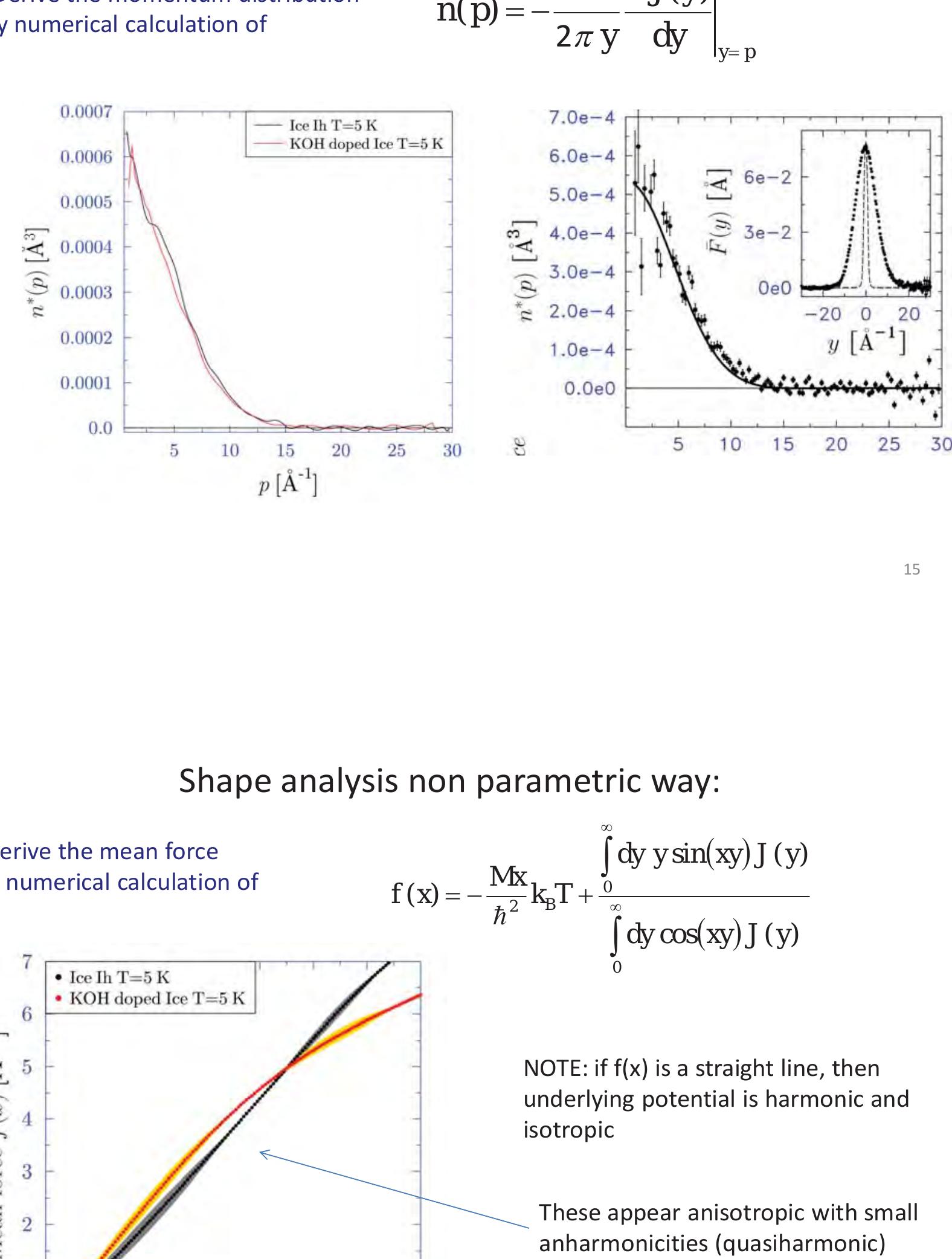







































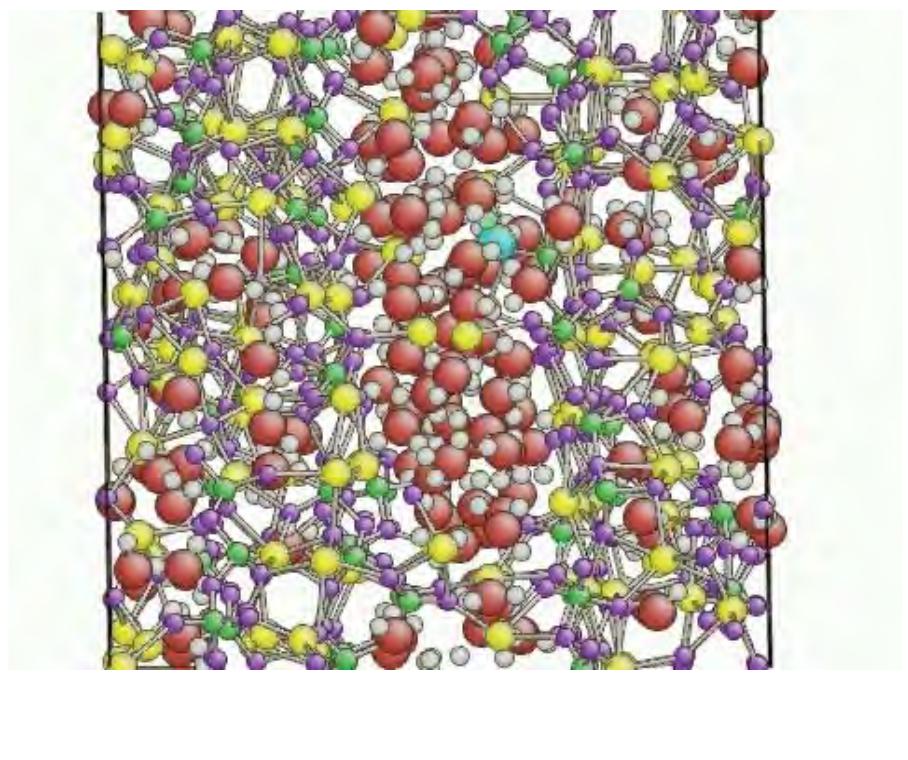















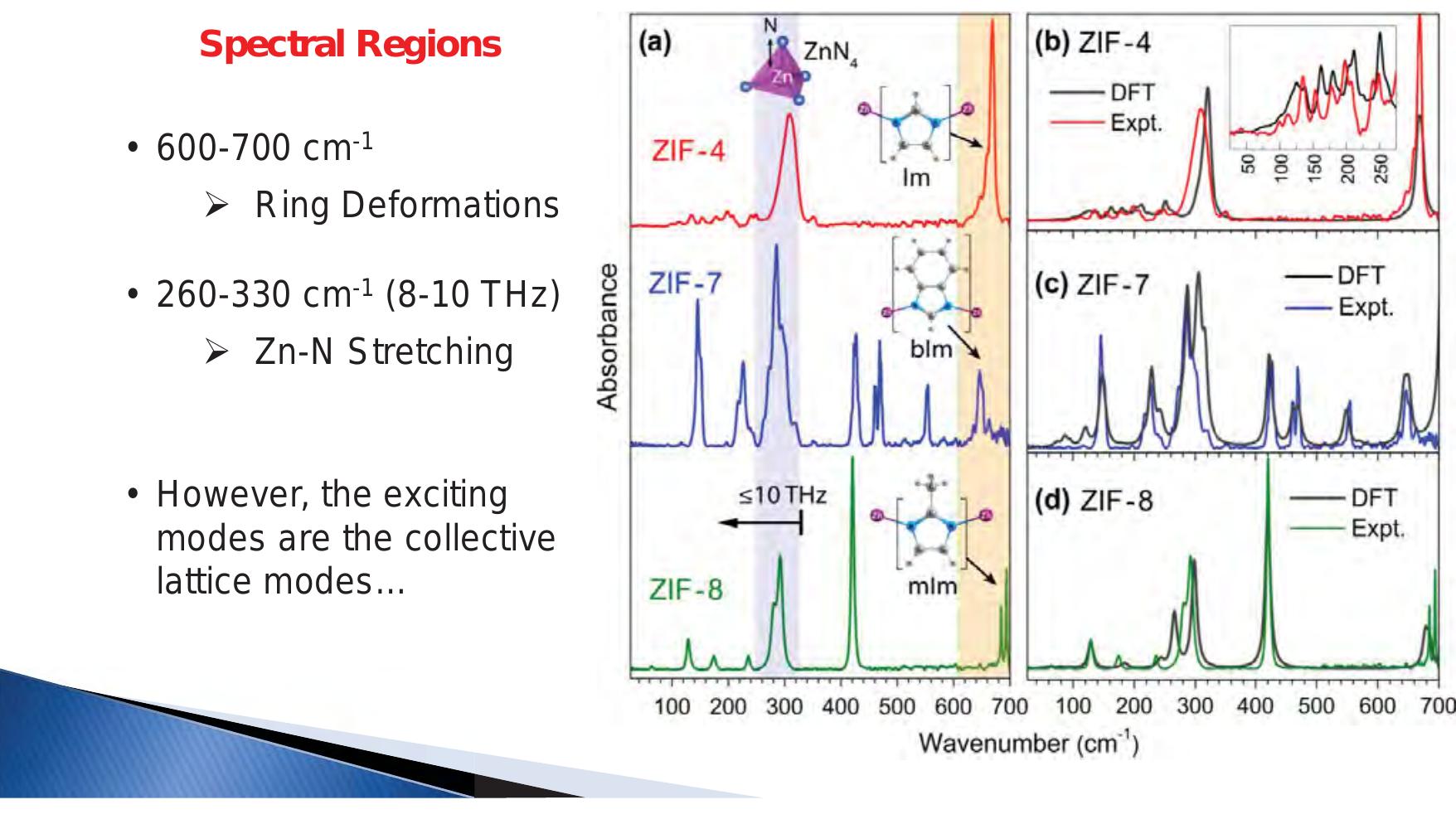



















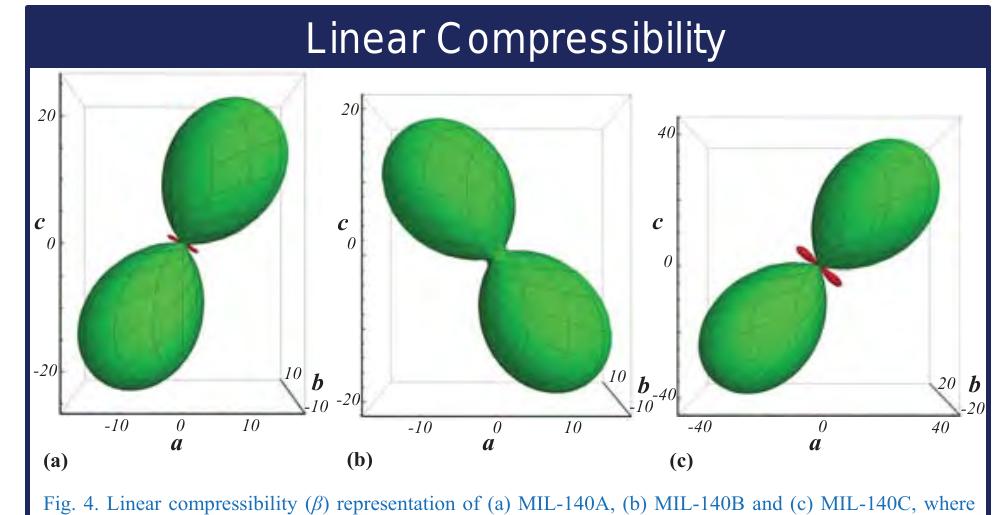


![Our work shows, for the first time, that collective vibrations and low-energy THz modes offer insights into many possible and competing pathways governing unique physical mechanisms in ZIFs, including gate-opening and breathing phenomena, phase transitions, and onset of shear-induced structural instabilities. The results are very promising as a selection of these physical phenomena have recently been observed experimentally, confirming the validity and robustness of ow computational approach. The methodologies being developed here can be employed for studying other families of MOFs and associated framework materials, especially for predicting and tuning their multifunctional properties central to emerging technological applications [2].](https://figures.academia-assets.com/115144391/figure_355.jpg)







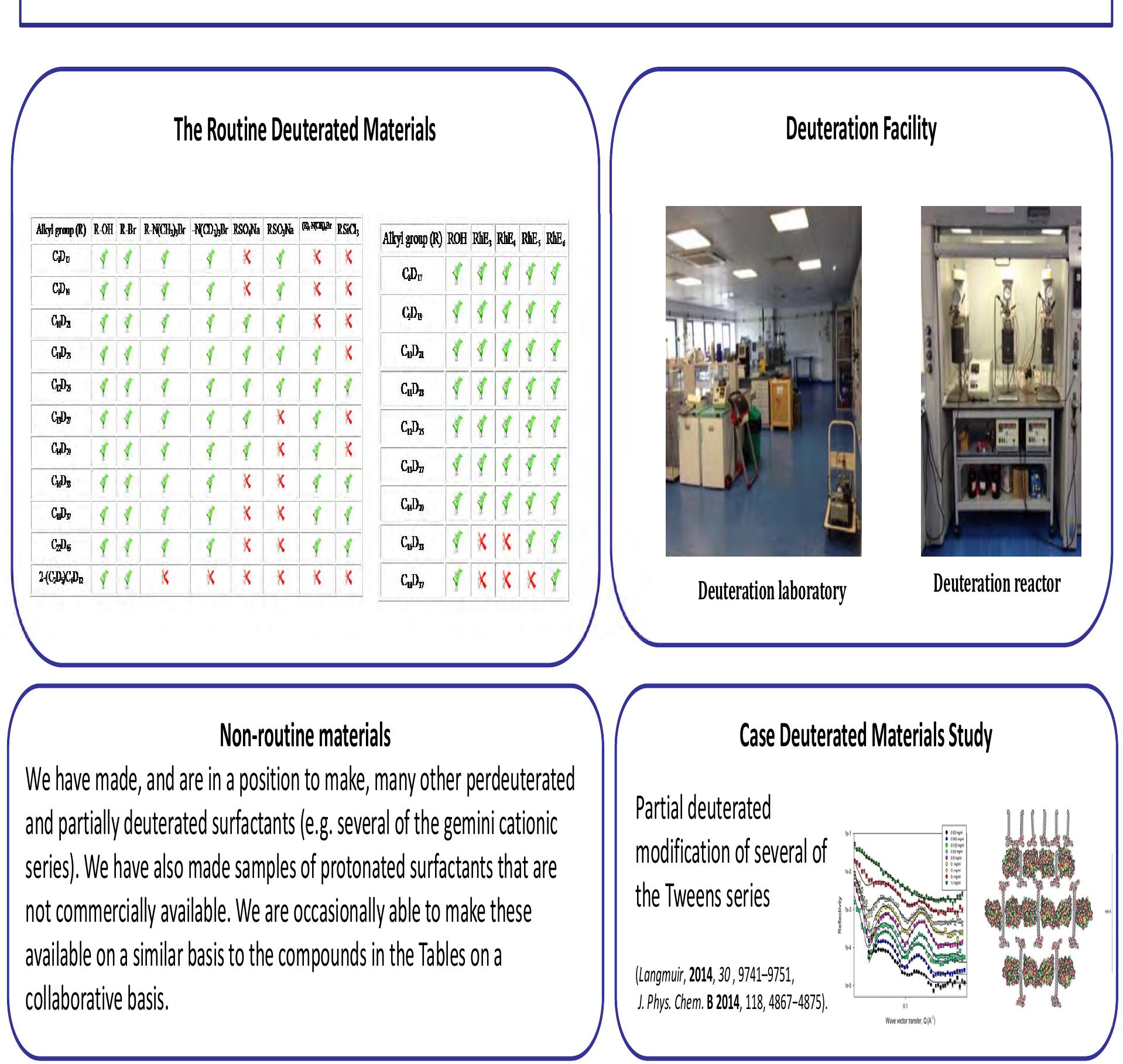
![lonic liquids are of interest to chemistry and material sciences because of their designer properties. Protonated ionic liquids (PILs) are excellent proton carriers in fuel cell electrolytes. PILs are formed by the transfer of a proton from a Brgnsted acid to a Brgnsted base, which means they have a proton available for the formation of hydrogen bonding. Hydrogen bond is a strong directional inductor compared to the interaction of other forces, as Van der Waals interactions, and it has a high relevance in ionic liquid features. But, there is a lacuna in our knowledge of these compounds. In order to separate out different types of molecular motion and understand the contribution of individual hydrogen groups on the N and C atoms, we have studied the proton transfer in a structurally simples alkylammonium nitrate ionic liquids, [CH;NH,][NO;] and [(CH,),NH,][NO,] and the partially deuteriated analogues, [CH,;ND3][NO,] and [(CH3),ND,][NO,].](https://figures.academia-assets.com/115144391/figure_364.jpg)
![| have submitted a proposal following the results discussed in this poster . Aim of this proposal is to perform a temperature dependent QENS study of ethylammonium nitrate and its partially deuteriated analogue ([Et,NH,][NO,]), which will permit to characterise the classical hopping mechanism in the picosecond time domain.](https://figures.academia-assets.com/115144391/figure_365.jpg)





![Figure 1 (a) Density and (b) radial distribution functions, G(r), of LDA, UHDA and vHDA. Adapted from Loerting et. al.. [3] and Salzmann et al.. [5] | acob |. Shephard!, A. Parmentier,2 G. Romanelli,2 R. Senesi,? C. Andreani,? Christoph G. Salzmann 1 Department of Chemistry, University College London, London, UK, email: c.salzmann@ ucl.ac.uk 2 Department of Physics and NAST Centre, University of Rome Tor Vergata, Rome, Italy](https://figures.academia-assets.com/115144391/figure_371.jpg)










![The L] in Brenner-Stuart requires a long range interaction (Verlet cut of 4.7 0) to obtain smooth barrier and even so the barrier is about an order of magnitude lower !!! Comparison with classical simulation using the empirical Brenner-Stuart potentials The strong indications of the untapped potential of Carbon-based nanostructured materials as next-generation sorbents come mainly from simulation and theoretical work [1]. Dispersive interactions among the various carbon nanostructures (graphene, nanotubes, etc) as well as with guest molecules (H2, C02, etc) are at the core of the relevant physical mechanisms involved. However, the vast majority of the “in-silico” studies rely on effective pairwise descriptions of the dispersive forces (Lennard- J ones). Recent developments of new van-der-Waals DFT functionals [2] provide a convenient starting point to attain a more accurate representation. By making recourse of the SCARF-RAL cluster we have calculated the energy barriers involved in a specific type of stacking fault in graphite using a dispersive DFT functional. The calculations agree well with the experimental data but, the comparison with the standard pairwise potential calculations reveals a discrepancy of an order of magnitude. We show here our ongoing study of the limits as well as of possible improvements of classical pairwise modelisations of the interlayer interactions. R. Fernandez-Perea!, C. Cabrillo?, S. Mukhopadhyay2, F. Fernandez-Alonso2, and F. J. Bermejo! nstituto de Estructura de la Materia, IEM-CSIC, Serrano 123, 28006 Madrid, ISIS Pulsed Neutron and Muon Source, RAL, Chilton, Didcot, Oxfordshire 0X11 0QX, United Kingc Towards a better modelisation of carbon-based nanomaterials](https://figures.academia-assets.com/115144391/figure_382.jpg)
![Conclusions: bibiliogratia: [1] S. Patchkovskii et al., Proc. Nat. Acad. Sci. (USA) 102, 10439 (2005); G. Mpourmpakis, E. Tylianakis and G. E. Froudakis, Nanoletters 7, 1893 (2007); G. K. Dimitrakis, E. Tylianakis and G. E. Froudakis, Nanoletters 8, 3166 (2008); Y.F. Zhao et al., Phys. Rev. B 78, 144102 (2008); S.S. Han, Chem. Comm. 36, 5427 (2009); Z.M. Ao etal., Solid State Comm. 149, 1363 (2009); Tylianakis and G.E. Froudakis, |. Phys. Chem. Lett 1, 2459 (2010). [2] Graziano etal.,). Phys.: Condens. Matter 24 424216 (2012) [3].R.B.Telling and M.|. Philosophical Magazine Letters 83, 411 (2003)](https://figures.academia-assets.com/115144391/figure_383.jpg)














Related papers
Neutron News, 2018
Atom Indonesia, 2011
THE PROSPECT OF NEUTRON SCATTERING IN THE 21 ST CENTURY: A POWERFUL TOOL FOR MATERIALS RESEARCH. Over the last 60 years research reactors (RRs) have played an important role in technological and socio-economical development of mankind, such as radioisotope production for medicine, industry, research and education. Neutron scattering has been widely used for research and development in materials science. The prospect of neutron scattering as a powerful tool for materials research is increasing in the 21 st century. This can be seen from the investment of several new neutron sources all over the world such as the Spallation Neutron Source (SNS) in USA, the Japan Proton Accelerator Complex (
The European Physical Journal Special Topics, 2012
2009
An understanding of the fundamental physics of the Earth's interior requires information about the phase transitions and thermodynamic properties of key mantle-forming mineral phases. Inelastic neutron scattering (INS) is an indispensable tool for determining key lattice dynamics properties like the phonon dispersion relation (PDR) and density of states, which govern a wide range of material behaviors including structural phase transitions, thermodynamic properties, elasticity, and melting. In this chapter we review recent reported studies involving INS and lattice dynamics calculations of geophysically important minerals. We also review recent applications of INS involving experimental and theoretical ab initio and atomistic studies of the phonon spectra and thermodynamic properties of minerals and of other novel phenomena like high-pressure phonon softening, structural phase transitions, pressure-induced amorphization, magnetic excitations, melting, etc. We discuss the current understanding of the dynamical behavior, thermodynamic properties, and phase transitions of key mantle components like the olivine and pyroxene end members forsterite and enstatite, the mineral zircon, important silica polymorphs, and magnesium oxide; recent results on water and ice; other complex silicates; hydrogen storage materials; etc. Inelastic neutron scattering and complementary techniques like inelastic X-ray scattering have been used to explore the high-pressure PDR and density of states of iron, diamond, and magnesium oxide; to study magnetic excitations; to estimate the magnetic contributions to thermodynamic properties; etc. The theoretical calculations enable fruitful microscopic interpretations of complex experimental data and provide an atomic-level understanding of vibrational and thermodynamic properties.
Physical Review Letters, 2014
We report an inelastic neutron scattering (INS) study of H 2 molecule encapsulated inside the fullerene C 60 which confirms the recently predicted selection rule, the first to be established for the INS spectroscopy of aperiodic, discrete molecular compounds. Several transitions from the ground state of para-H 2 to certain excited translation-rotation states, forbidden according to the selection rule, are systematically absent from the INS spectra, thus validating the selection rule with a high degree of confidence. Its confirmation sets a precedent, as it runs counter to the widely held view that the INS spectroscopy of molecular compounds is not subject to any selection rules.
Chemical Communications, 2009
1974
The full-text may be used and/or reproduced, and given to third parties in any format or medium, without prior permission or charge, for personal research or study, educational, or not-for-pro t purposes provided that: • a full bibliographic reference is made to the original source • a link is made to the metadata record in Durham E-Theses • the full-text is not changed in any way The full-text must not be sold in any format or medium without the formal permission of the copyright holders.
Neutron News, 2018
ChemTexts, 2023
Neutron scattering is a very high-performance method for studying the structure and dynamics of condensed matter with similar approaches in wide ranges of space and time, matching dimensions in space from single atoms to macromolecules and in time from atomic vibrations over crystal phonons to low-lying transitions in the microwave range, and to motions of large molecular units. Concerning the number and depth of physical concepts, neutron scattering may be compared to modern nuclear magnetic resonance. Neutrons have contributed essential results to the understanding of atomic and molecular processes and are, in this respect, complementary to other materials science probes. Among others, three properties of thermal neutrons make them especially appropriate for such work: the neutron mass is similar to atomic masses, and both neutron energies and the wavelengths of the neutron material wave match typical values for condensed matter. A further important feature of neutron scattering, making it especially valuable in biochemistry and polymer sciences, is that hydrogen and deuterium atoms very significantly and specifically contribute to the signal in both diffraction and spectroscopy. Additionally, neutrons are scattered at the nuclei and directly reflect the nuclear structure and motions. Results from neutron scattering are of great general interest. This paper aims to provide an introduction for chemists on a level understandable also to students and researchers who are not going to become part of the neutron community and will not be involved in the experiments, but shall be able to understand the basic concepts of the method and its relevance to modern chemistry. The paper focuses on basic theory, typical experiments, and some examples demonstrating the applications. As for many modern experimental techniques, the interpretation of the results of neutron scattering is based on theoretical models and requires a significant mathematical overhead. Most results are only meaningful when compared with computer simulations. For understanding this, in this paper, the theory of scattering is developed, starting with intuitive models and presenting typical concepts such as the scattering triangle, energy and momentum transfer, and the relation of inelastic and elastic scattering to space- and time-dependent information. The interaction of neutrons with matter, scattering cross sections, beam attenuation, and coherent versus incoherent scattering are explained in detail. Two further typical concepts that are not generally familiar to scientists outside the community are the use of wave and particle equivalence, and of handling results as a scattering function that depends simultaneously on momentum and energy transfers. The possibility of obtaining neutron beams for scattering experiments at a few research centers around high-performance sources is explained, and experimentally relevant features of research reactors and spallation sources are mentioned. As neutron experiments always have to deal with small flux and extended beams and shielding, experimental conditions are very far away from laboratory methods where handling of samples and instruments is concerned. Experimental details are given for making experiments more understandable and familiarizing the reader with the method. Related to this are extended possibilities for handling samples in a large variety of different environments. In a further part of the manuscript, a variety of techniques and typical instruments are presented, together with some characteristic applications bringing alive the theory developed so far. This covers powder diffraction and structure of liquid water, triple-axis spectrometers and lattice phonons, backscattering spectrometry and rotational tunneling, time-of-flight spectrometry, and simultaneously probing the energy and shape of low lying vibrations and diffusion, filter spectrometer and vibrational spectroscopy without selection rules, small-angle neutron scattering and protein unfolding, as well as micelles, neutron spin echo spectroscopy, and polymer dynamics.
2006
Soft materials, both polymeric and biologically relevant, are rich in hydrogen. By coincidence, neutrons have the unique capability of scattering differently from hydrogen (coherent scattering length of hydrogen, b H = -0.37 × 10 -12 cm) compared to its isotope deuterium (b D = 0.67 × 10 -12 cm). As a result of this marked difference in scattering power (contrast) between native hydrogenated materials and their counterparts synthesized from deuterated monomer units, neutron scattering techniques have proven to be powerful tools for the study of soft condensed matter systems. Here, we will discuss the small-angle neutron scattering (SANS) technique, which is presently playing a pivotal role in extracting unique structural information from intrinsically disordered systems.

Loading Preview
Sorry, preview is currently unavailable. You can download the paper by clicking the button above.
References (38)
- S. Rudić, A.J. Ramirez-Cuesta, S.F. Parker, F. Fernandez-Alonso, R.S. Pinna, G. Gorini, C.G. Salzmann, S.E. McLain, and N.T. Skipper, TOSCA International Beamline Review, Rutherford Appleton Laboratory Technical Report RAL-TR-2013-015 (Didcot, 2013). Available online at epubs. stfc. ac. uk/ work/ 11216706
- F. Demmel, V. Garcia-Sakai, S. Mukhopadhyay, S.F. Parker, F. Fernandez-Alonso, J. Armstrong, F. Bresme, J.P. de Vicente, F. Sordo, F.J. Bermejo, C.G. Salzmann, and S.E. McLain, IRIS & OSIRIS International Beamline Review -Report Presented to the Panel, Rutherford Appleton Laboratory Technical Report RAL-TR-2014-014 (Didcot, 2014). Available online at epubs. stfc. ac. uk/ work/ 12271760
- S. Fletcher and A.G. Seel, Neutron News 25 8 (2014).
- A.G. Seel and R. Senesi eds, J. Phys. Conf. Ser. 571 (2014). This special issue is available online at iopscience. iop. org/ 1742-6596/ 571/ 1
- S.F. Parker, F. Fernandez-Alonso, A.J. Ramirez-Cuesta, J. Tomkinson, S. Rudić, R.S. Pinna, G. Gorini, and J. Fernández Castañon J. Phys. Conf. Ser. 554 012003 (2014).
- R.S. Pinna, S. Rudić, S.F. Parker, G. Gorini, and F. Fernandez-Alonso, Eur. Phys. J. 83 03013 (2015).
- I.P. Silverwood, C.R.A. Catlow, F. Fernandez-Alonso, C. Hardacre, H. Jobic, M.O. Jones, R.L. McGreevy, A.J. O'Malley, S.F. Parker, K. Refson, S.E. Rogers, M.W. Skoda, S. Yang, and T. Youngs, An Introduction to Neutron Techniques in Catalysis, Rutherford Appleton Laboratory Technical Report RAL-TR-2014-015 (Didcot, 2014). Available online at epubs. stfc. ac. uk/ work/ 12275022
- F. Demmel, D. McPhail, J. Crawford, D. Maxwell, K. Pokhilchuk, V Garcia Sakai, S. Mukhopadhyay, M.T.F. Telling, F.J. Bermejo, N.T. Skipper, and F. Fernandez-Alonso, Eur. Phys. J. 83 03003 (2015).
- S. Jackson, An Overview of the Recent Development of Indirect Inelastic Data Analysis in Mantid, Rutherford Appleton Laboratory Technical Report RAL-TR-2014-010 (Didcot, 2014). Available online at epubs. stfc. ac. uk/ work/ 12240844
- S. Mukhopadhyay, How to Use Mantid for Low Energy Inelastic Neutron Scattering Data Analysis On Indirect Geometry Instru- ments, Rutherford Appleton Laboratory Technical Report RAL-TR-2014-005 (Didcot, 2014). Available online at epubs. stfc. ac. uk/ work/ 12135206
- S. Jackson, VESUVIO Data Reduction and Analysis in Mantid, Rutherford Appleton Laboratory Technical Report RAL-TR-2014-009 (Didcot, 2014). Available online at epubs. stfc. ac. uk/ work/ 12239830
- V. Guillerm, et al., Angew. Chem. Int. Ed. 51, 9267 (2012).
- M. R. Ryder and J.C. Tan, Mater. Sci. Tech. 30(13b), 1598 (2014).
- R. Dovesi, et al., Int. J. Quantum Chem. 114, 1287 (2014).
- A. Marmier , et al., Comput. Phys. Commun. 181, 2102 (2010).
- M. R. Ryder, 1,2,3 B. Civalleri, 4 T. D. Bennett, 5 S. Henke, 5 S. Rudic, 2 G. Cinque, 3 F. Fernandez-Alonso, 2 and J. C. Tan 1
- CRYSTAL14, R. Dovesi, et al., Int. J. Quantum Chem. (2014).
- M. R. Ryder and J.C. Tan, Mater. Sci. Tech, Article in Press (2014).
- P. D. Vaz, P. J. A. Ribeiro-Claro, Chem. Phys. Lett., 390 (2004), 358-361.
- M. Nolasco, P. J. A. Ribeiro-Claro, ChemPhysChem, 6 (2005), 496-502
- P. D. Vaz, M. Nolasco, N. Fonseca, A. M. Amado, A. M. A. da Costa, V. Félix, M. G. B. Drew, B. J. Goodfellow, P. J. A. Ribeiro-Claro, Phys. Chem. Chem. Phys. 7 (2005), 3027-3034
- References
- G. R. Desiraju, Nature, 412 (2001) 397-400.
- G. Muller, M. Lutz, S. Harder, Acta Crystallogr., Sect. B, 52 (1996), 1014-1022.
- G. Desiraju, Angew. Chem. Int. Ed., 34(1995), 2311-2327.
- T. Steiner, W. Saenger, J. Chem. Soc., Chem. Commun., (1995) 2087-2088.
- C. M. Wahl, M. Sundaralingam, Trends Biochem. Sci., 22(1997), 97-102.
- A. M. Amado, M. P. M. Marques, P.J.A. Ribeiro-Claro, ChemPhysChem., 3 (2002) 101-108. References Spectroscopic properties Structural properties
- Mishima, O.; et. al.; Nature 1984, 310, 393-395.
- Loerting, T.; et. al.; Phys. Chem. Chem. Phys. 2001, 3, 5355-5357.
- Loerting, T.; et. al.; chem. Chem. Phys. 2011, 13, 8783-8794. [4] Finney, J. L.; et. al.; Phys. Rev. lett. 2002, 88(22):225503. [5] Salzmann, C. G.; et. al.; Phys. Chem. Chem. Phys. 2006, 8, 386-397.
- Flammini, D.; et al.; J. Chem. Phys. 136 (2012) 024504.
- Tse, J. S.; et. al.; Nature 1999, 400, 647-649.
- J. Armstrong, F. Bresme, Submitted (2013)
- F. Bresme, A. Lervik, D. Bedeaux, S. Kjelstrup, Phys. Rev. Lett. 101, 020602 (2008)
- F. Römer, F. Bresme, Molecular Simulation, 38, 1198 (2012)
- F. Römer, A. Lervik, F. Bresme, J. Chem. Phys. 137, 074503 (2012) (Left) The electric field as a function of temperature gradient for temperatures;
- K, 575 K, 650 K, 725 K, 800 K and 1000 K. (Right) Lpq/Lpp as a function of temperature.
Related papers
Journal of Applied Crystallography, 2015
Current Opinion in Solid State and Materials Science, 2004
Annual review of biophysics and bioengineering, 1975
Bulletin of Materials Science, 1984
Journal of Physics: Conference Series, 2014
Physica B: Condensed Matter, 1994
European Journal of Inorganic Chemistry
Chemical Physics, 2007
Materials Research, 2019
Proceedings of the National Academy of Sciences, 2007
Proceedings of the Sixth …, 2002
Current Opinion in Structural Biology, 2008
Bulgarian Chemical Communications, 2011
The Journal of Physical Chemistry B, 2007
 Antonio Romerosa
Antonio Romerosa
